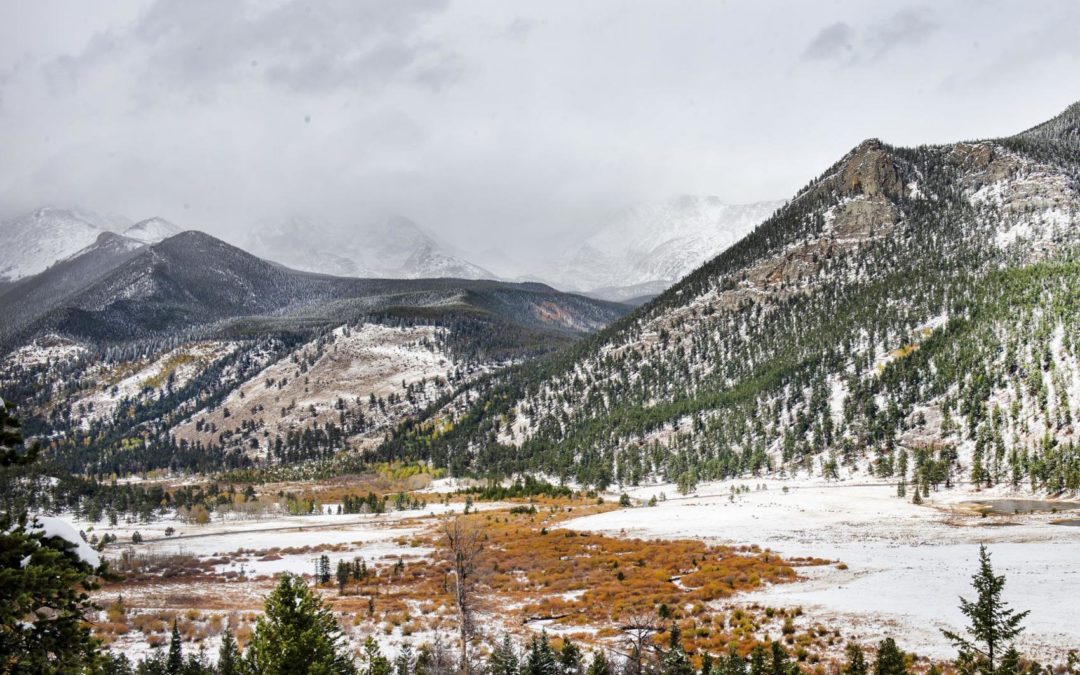SOURCE: The Gazette
DATE: May 13, 2019
SNIP: People and nature at nearly every national park in the U.S. are being harmed by air pollution, predominately from fossil fuels and vehicles, analysis by the National Parks Conservation Association found.
Of the 417 national parks assessed:
* 85% have air that is unhealthy to breathe at times
* 88% have seen damage to sensitive species and habitat by air pollution
* 89% suffer from haze pollution
* At 80%, climate change is a significant concern
Among the 96% of national parks that were found to be “suffering significantly” from the effects of climate change, unhealthy air and environmental degradation are Rocky Mountain and Great Sand Dunes national parks, Florissant Fossil Beds and Dinosaur national monuments and Bent’s Old Fort
The NPCA, the nonpartisan organization founded in 1919 that lobbies on behalf of the National Park Service, published the study last week. It based its findings on air pollution data collected by the National Park Service, the Environmental Protection Agency and academics.
Highlighted in the 32-page analysis are the visible changes at Rocky Mountain National Park. Grasses are replacing vast swaths of wildflowers as excess nitrogen deposited by acid rain acidifies and harms the soil; ozone is stifling tree and crop growth; and, in turn, habitat for the park’s biodiverse animal kingdom is diminished, the study found.
Other researchers have documented the direct impacts of air pollution on park visitation. A study published in July showed that travelers avoided or cut their trips short in national parks because of pollution levels that are comparable to what’s found in major cities.
Oil and gas operations are scattered across the land surrounding Rocky Mountain National Park, with wells to the northwest in Jackson and Routt counties and about 50 miles to the east in Weld County. Wells are also in counties south of the Great Sand Dunes, south and east of Dinosaur National Monument and near Mesa Verde National Park, a map from the Colorado Oil and Gas Conservation Commission shows.
The federal government has repeatedly listed thousands of acres of Bureau of Land Management property near the Sand Dunes and Dinosaur for sale for oil and gas production since President Donald Trump took office.

